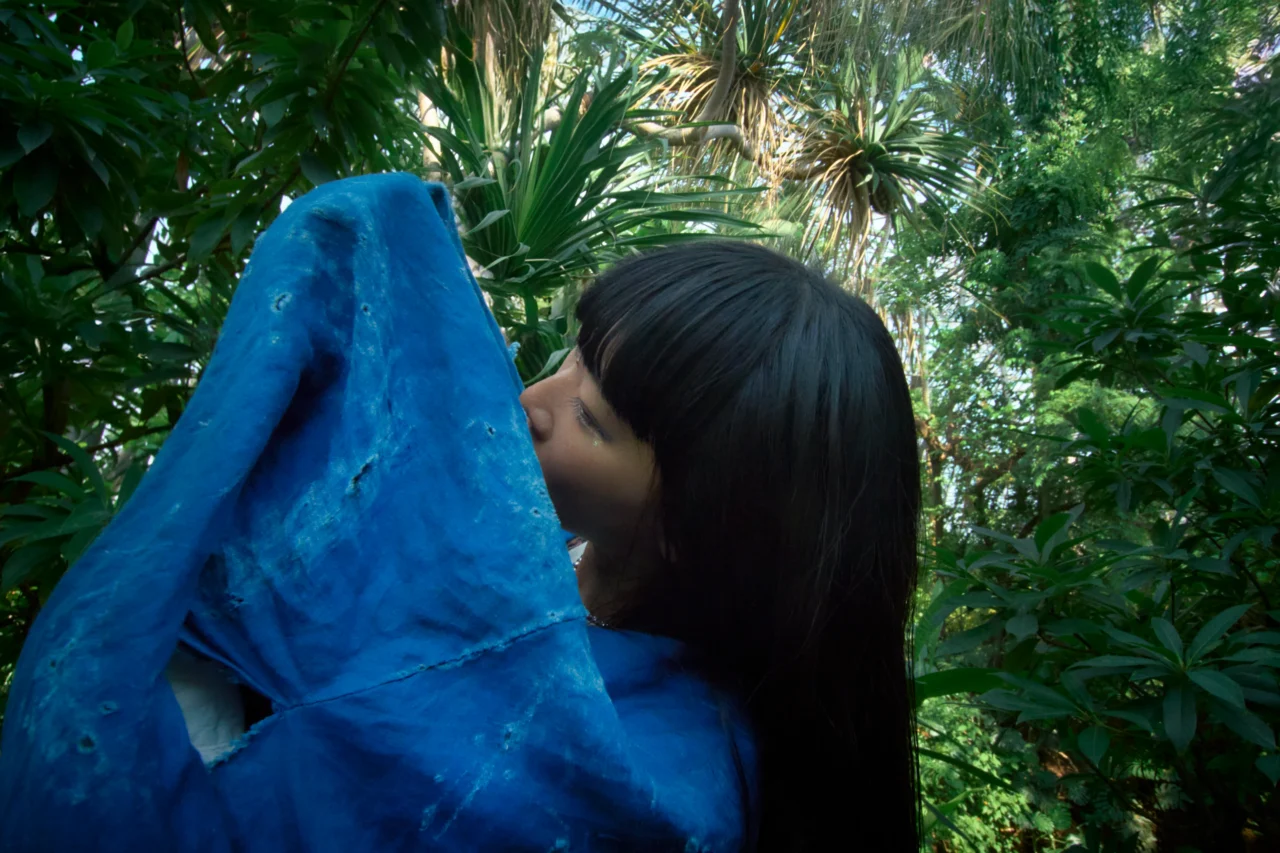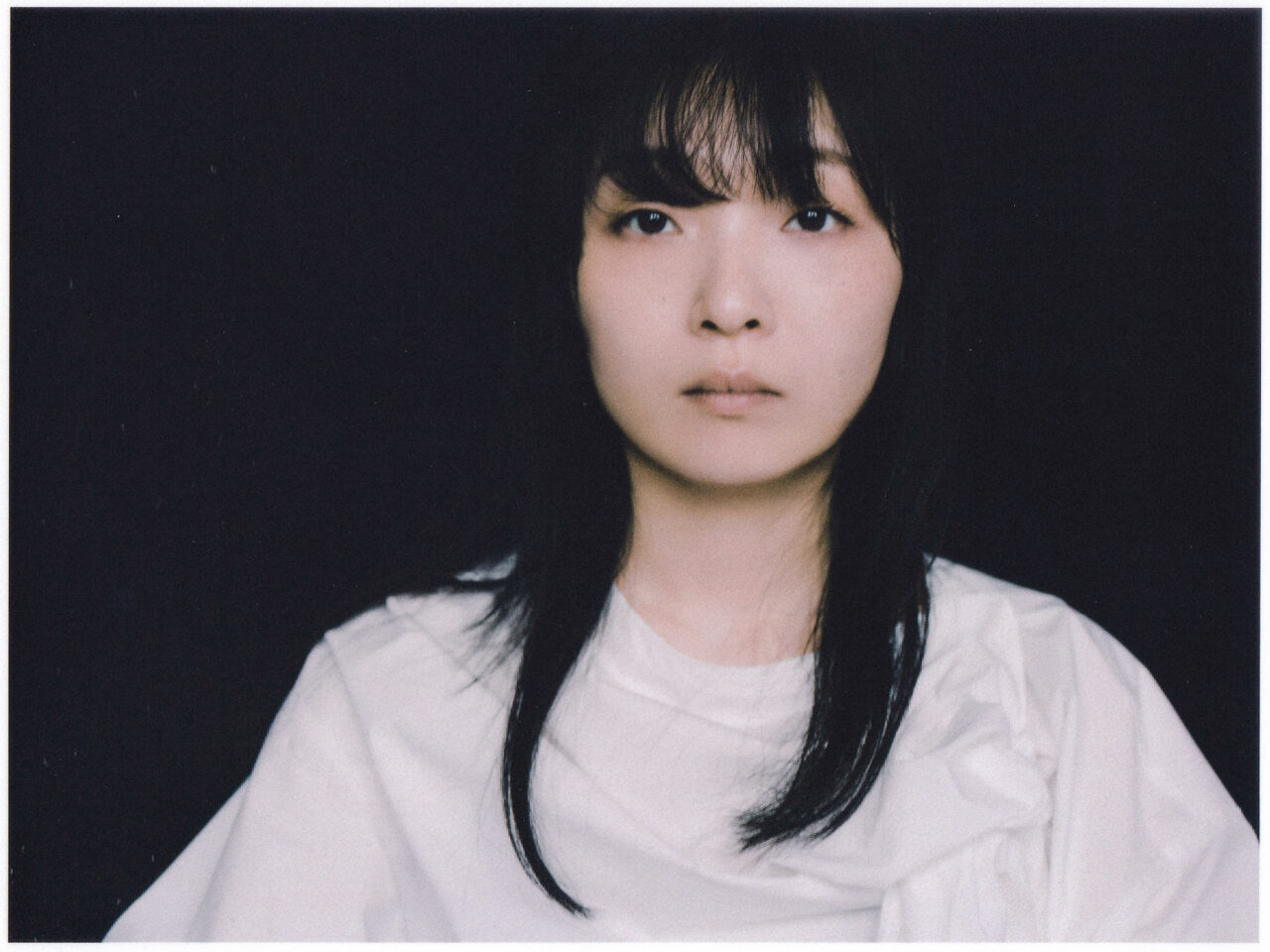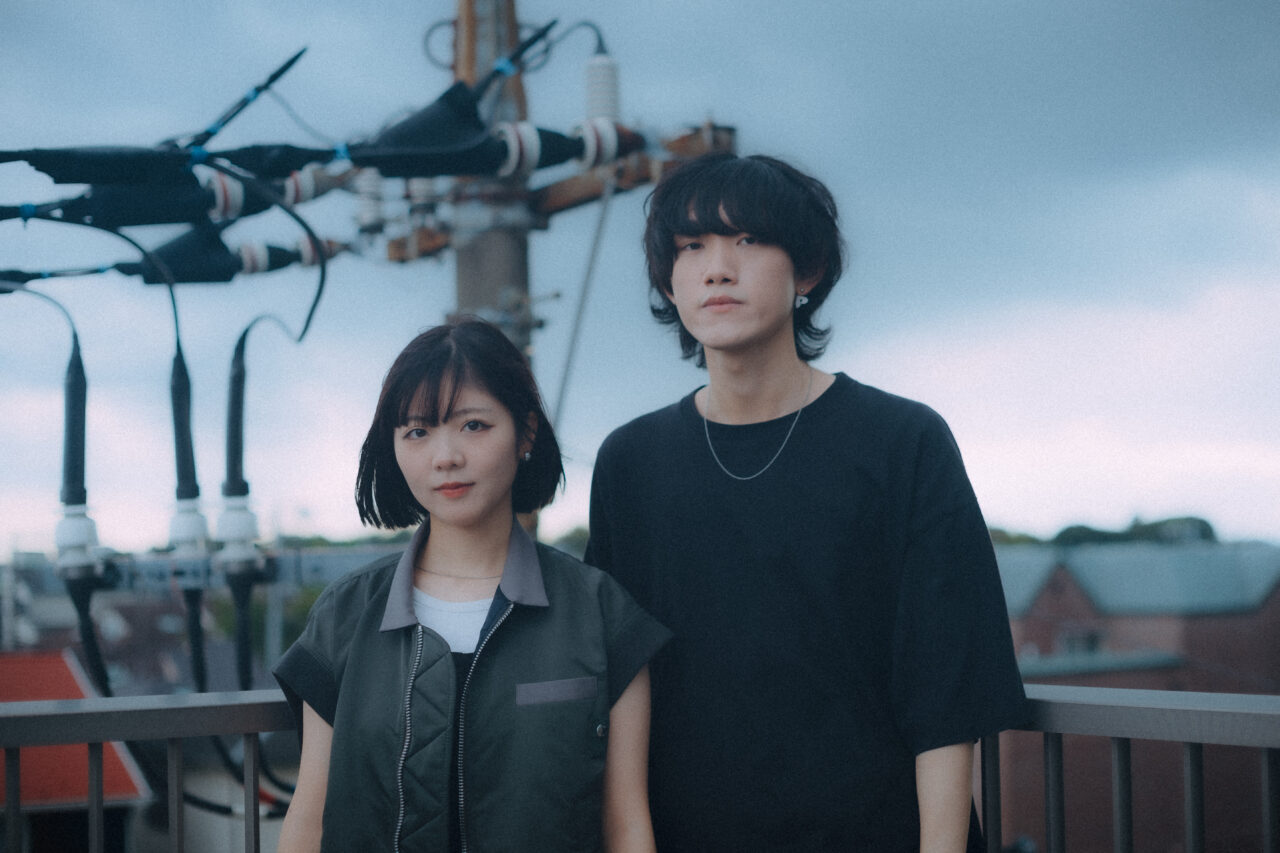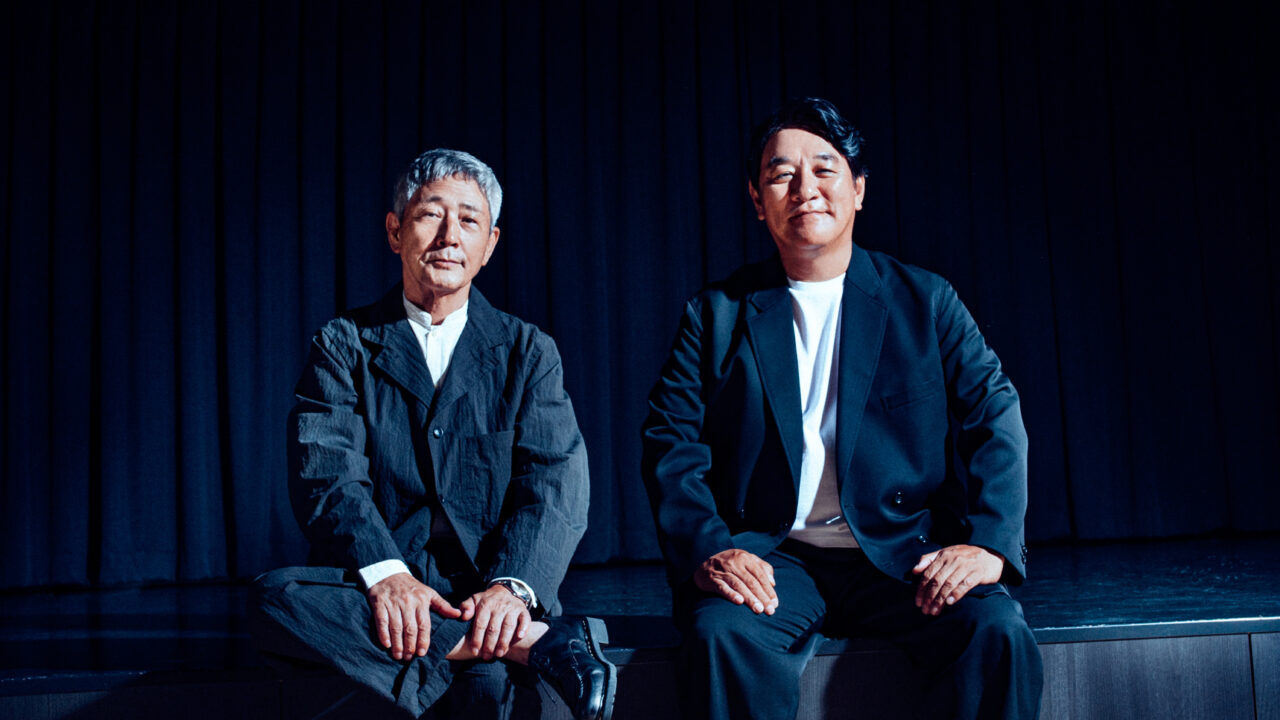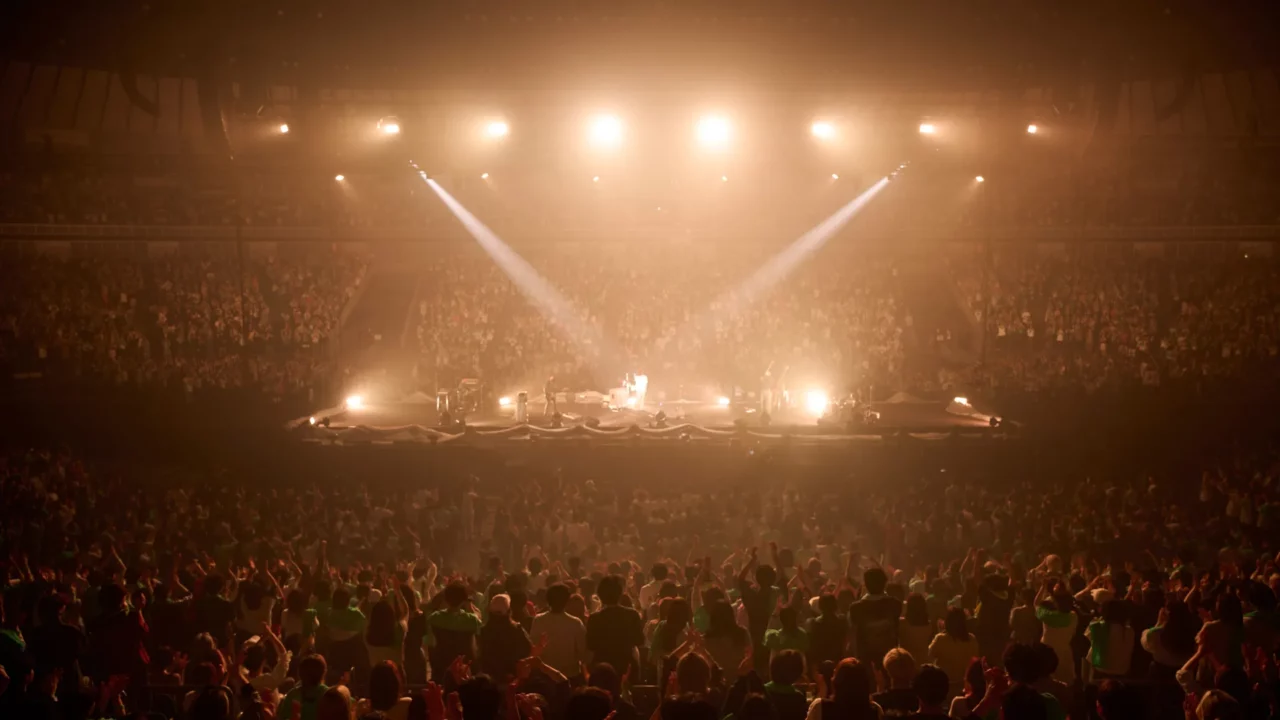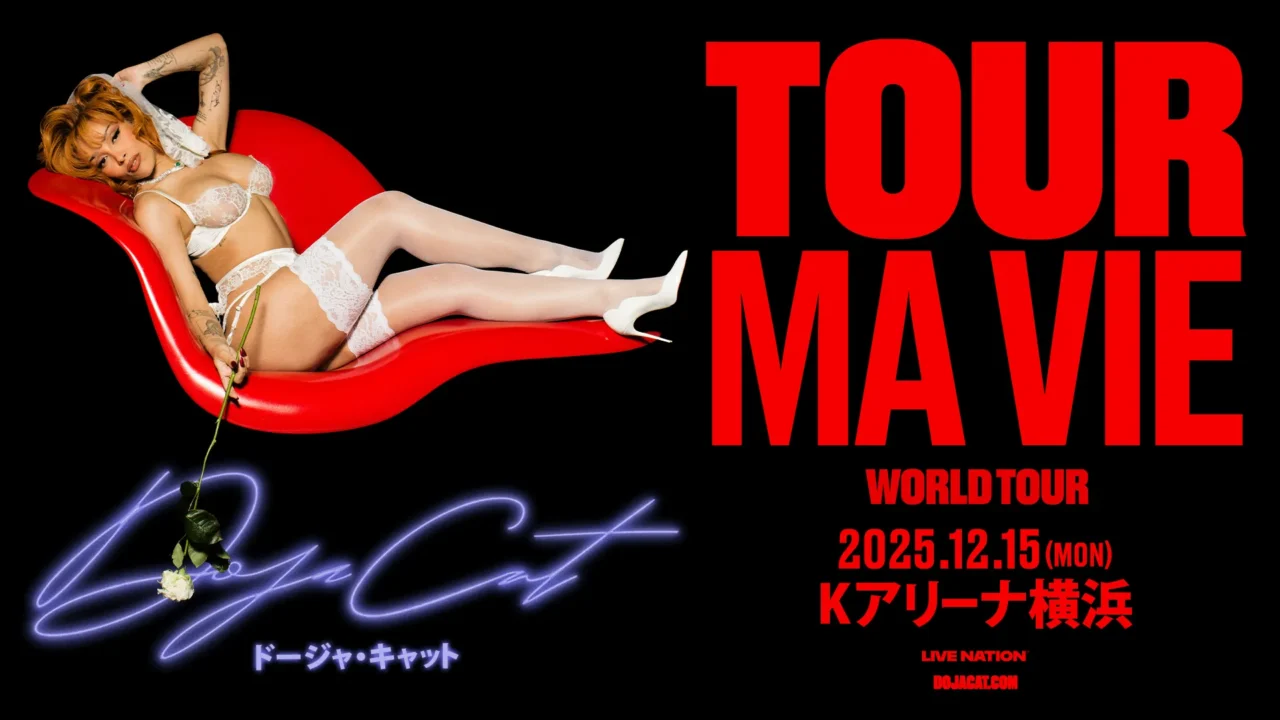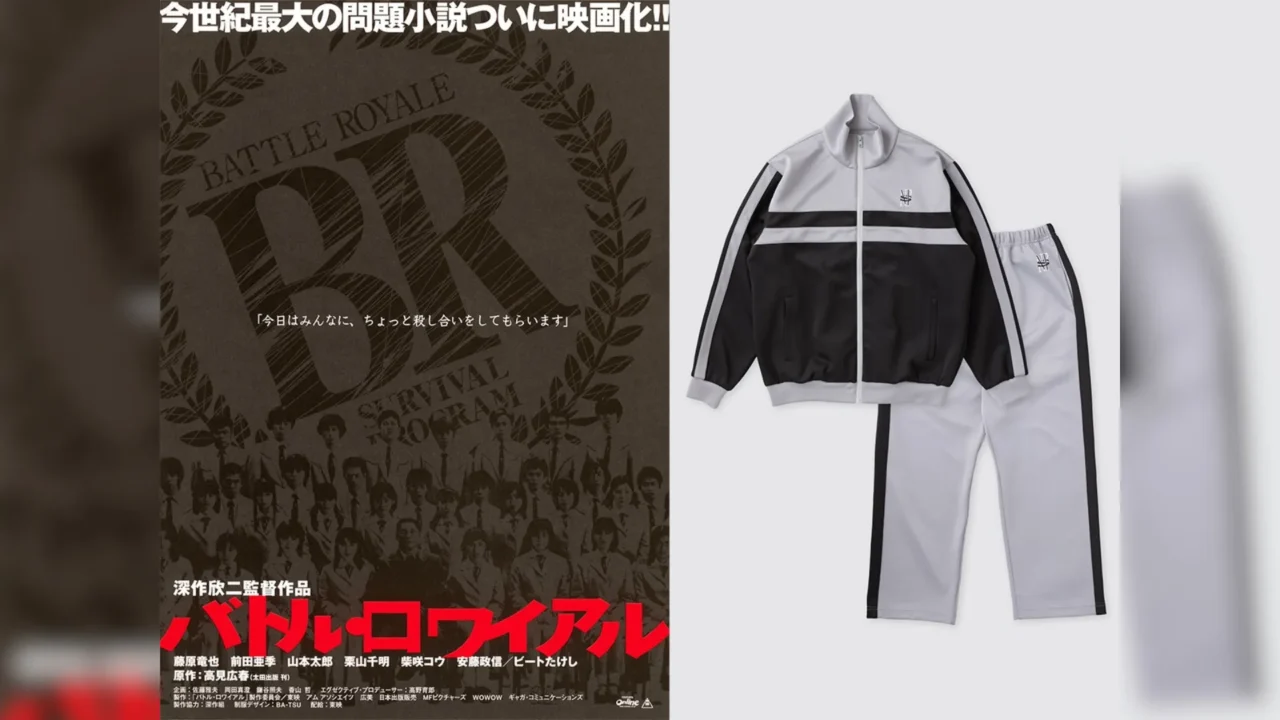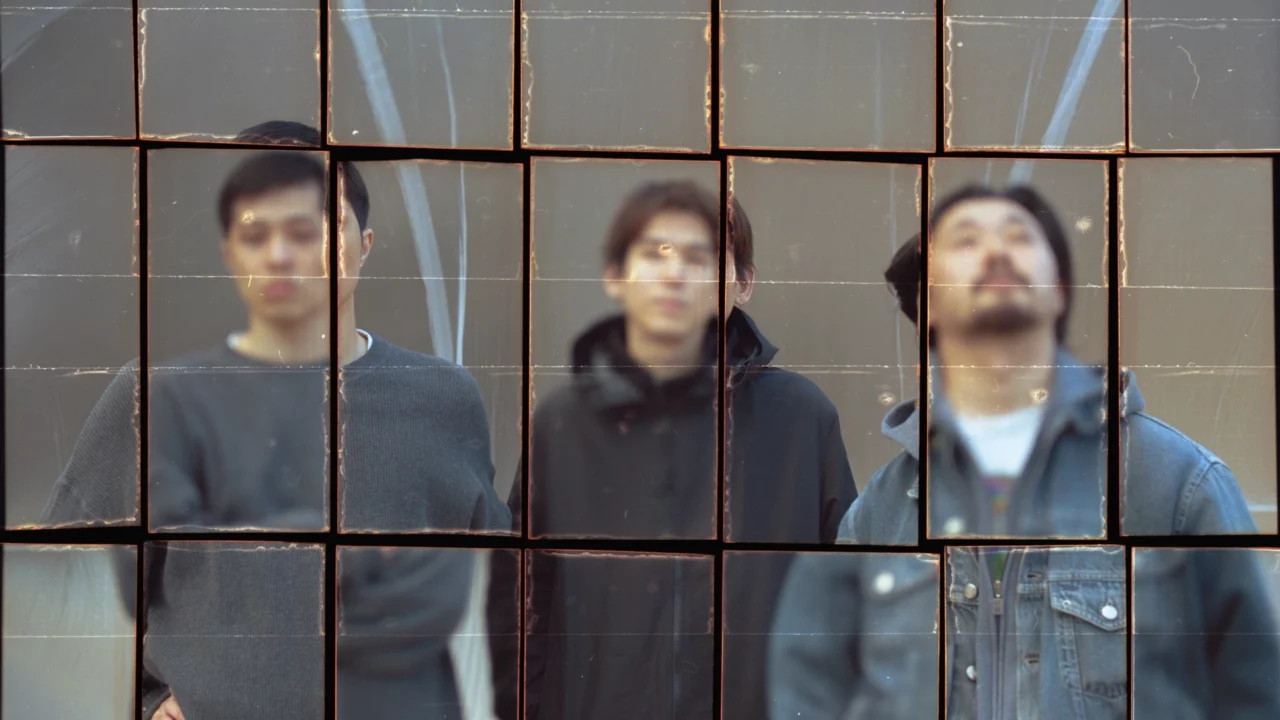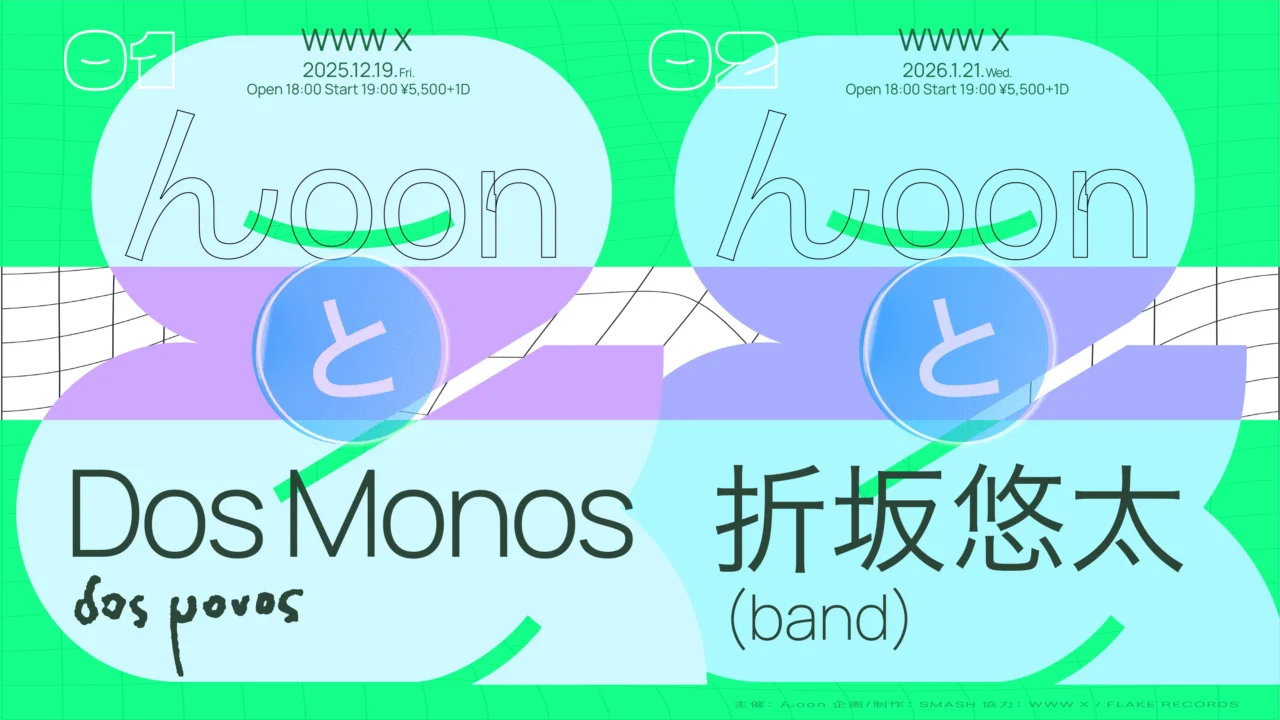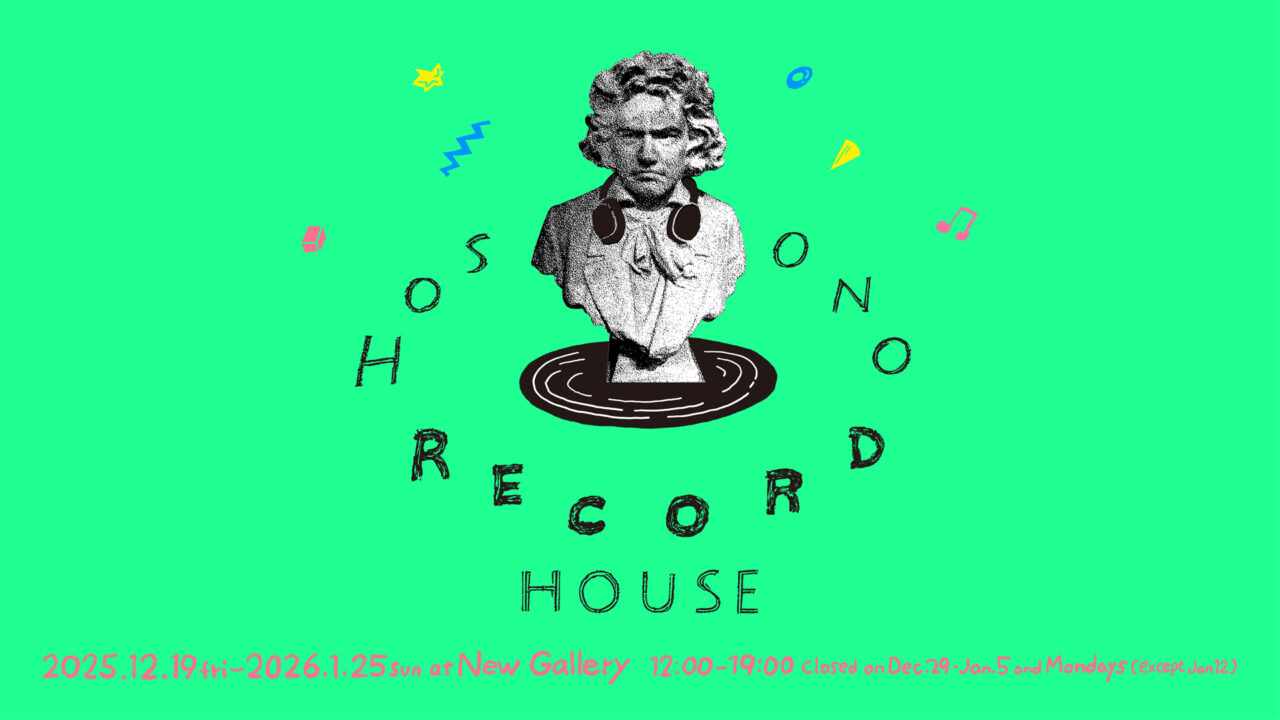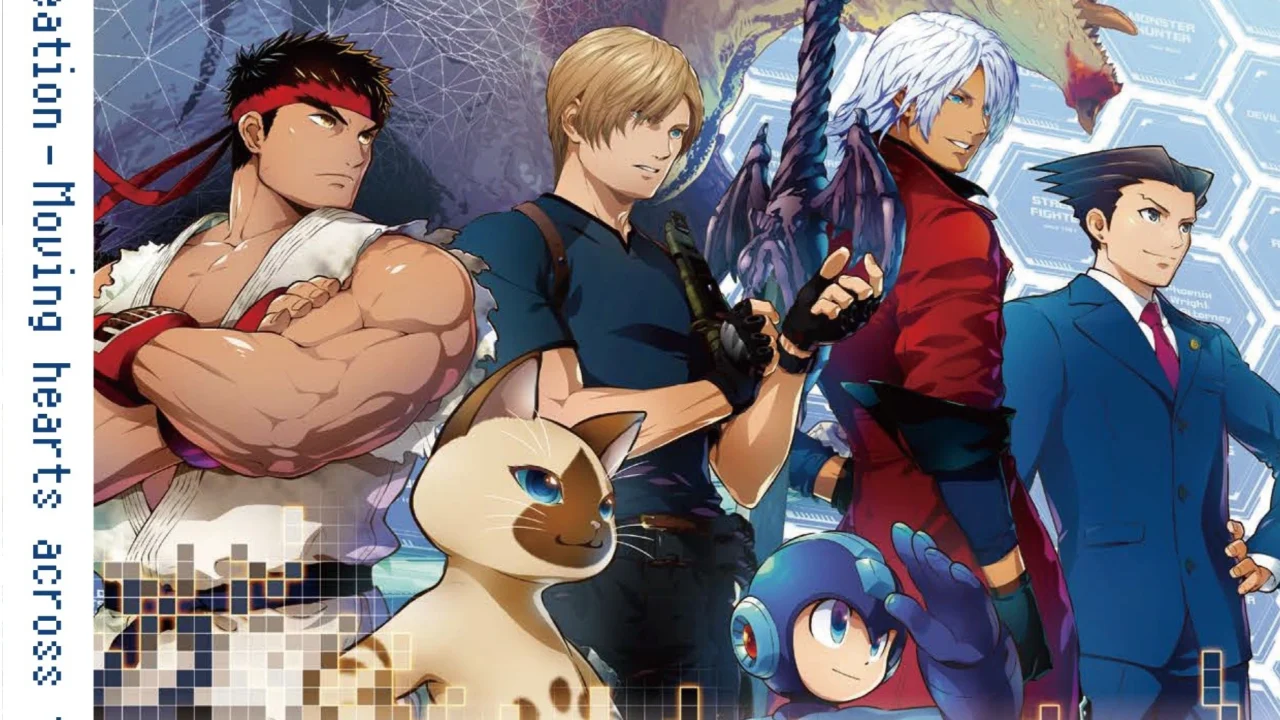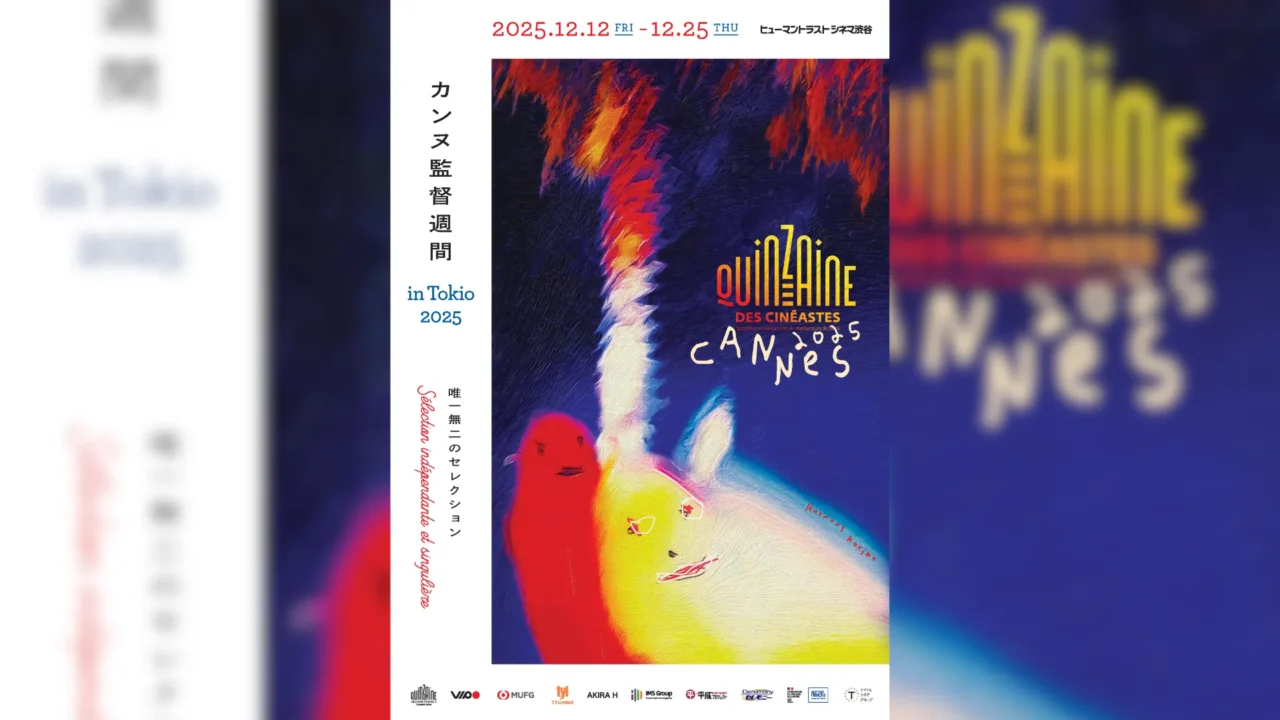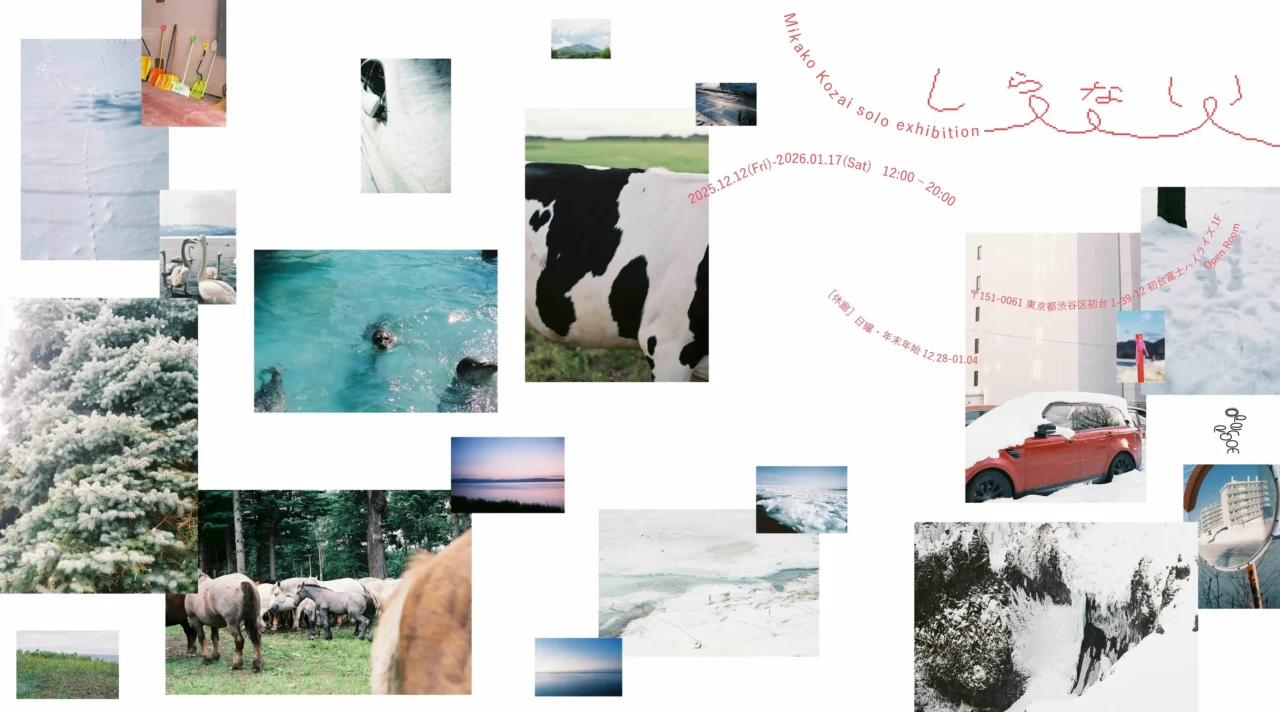Neo-Fu Street.” This is how Gusokumuzu, a four-piece band based in Kichijoji, Tokyo, is described. The 1964 Tokyo Olympics signaled the beginning of Japan’s rapid economic growth, and the country’s rapid progression toward development and modernization simultaneously led to the loss of its good old self. This invisible city built in “Kazemachi Roman” released in 1971 reflected such a lost city.
Half a century has passed since 1971. I think that Gusokumuzu, influenced by the band HAPPY END, is trying to construct a new “wind town. Therefore, this paper will consider HAPPY END and Gusokumuzu, and what kind of “town” they have created or are trying to create.
INDEX
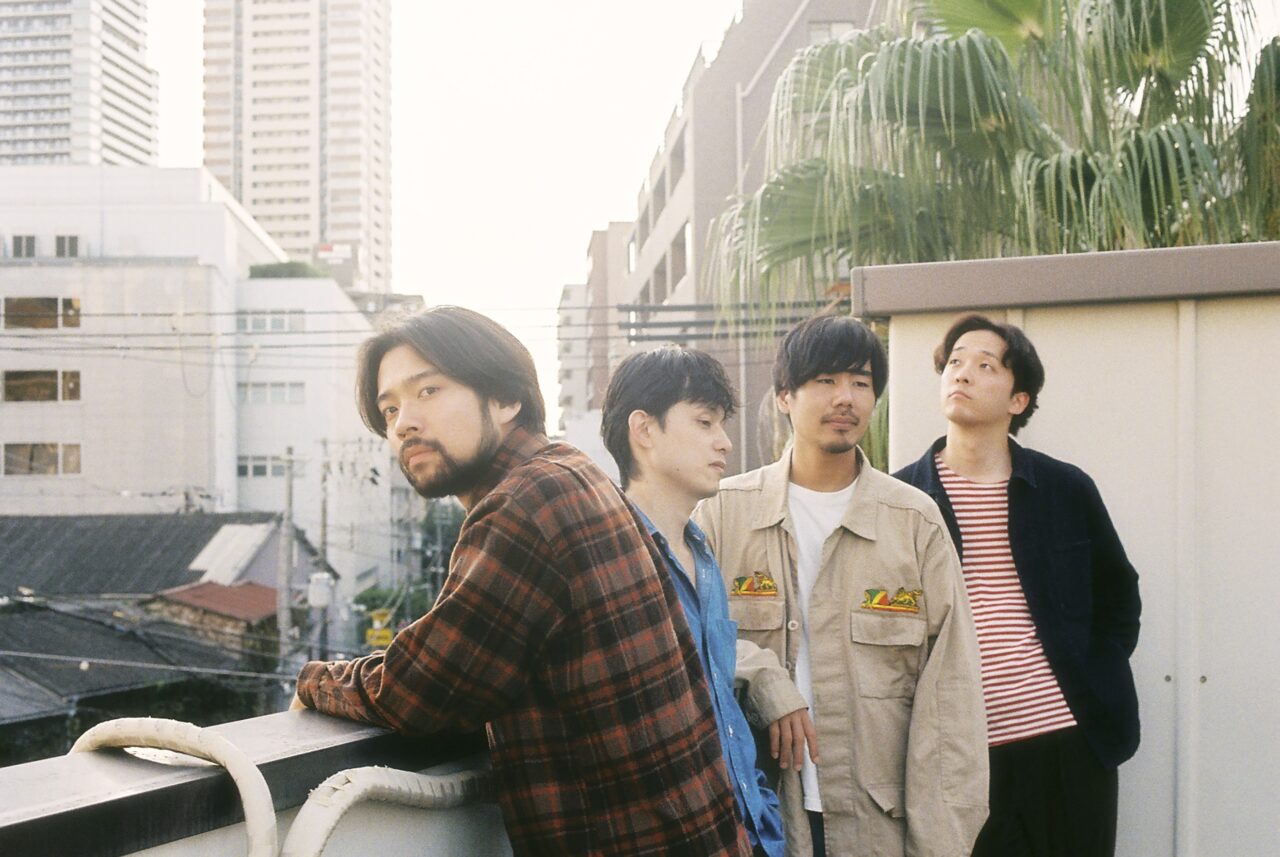
is a four-piece band that performs mainly in Kichijoji, Tokyo, and is known as a “neo-fu-machi. Formed in 2014 as a folk unit by Eizo Tanaka (Vo/Gt) and Yuki Kato (Gt), the band was joined by Yusuke Horibe (Ba) in 2016 and Yushi Nakajima (Dr) in 2018. 2021 Their song “Slippery Street Rain” was released for distribution in July and was selected for J-WAVE’s “SONAR TRAX” and TBS Radio’s “This Week’s Recommended Songs”, creating a buzz, and their first album “Gusokumuzu” was released on December 15. His debut album won the 14th CD Shop Grand Prize 2022, and in 2022, he released “Gusokumuzukan,” a collection of his early sound sources including a new song “Natsu ga Kaoru. And on December 14, he released his second album “Jolly Holiday”.
https://www.gusokumuzu.com/
How was Gusokumuzu’s “Neo Wind Town” constructed?
The “Kazemachi” created by HAPPY END is an imaginary city, and like a castle in the sky, it does not appear before us. This is because “Kazemachi” is a song of nostalgia while using objective descriptions. On the other hand, Gusokumuzu’s “Neo Kazemachi” is not fictitious, but depicts the real city in which we live today, based on concrete descriptions. And Gusokumuzu’s subjective description of the city takes on a universality to the “city” that each listener envisions.
One example is the song “Kurashiteki,” a collaboration with singer-songwriter Misa Yoneyama’s solo project, Bui. The song was recorded at Mandara, a live house in Kichijoji, and the jacket features a scene from Inokashira Park, which shows the warmth of the city and their attachment to Kichijoji, where they are active. The glistening surface of the water in the park, and the bright red town surrounded by the approaching evening sun when the chime of five o’clock in the evening rings. Such scenes float behind the eyelids of the viewer.
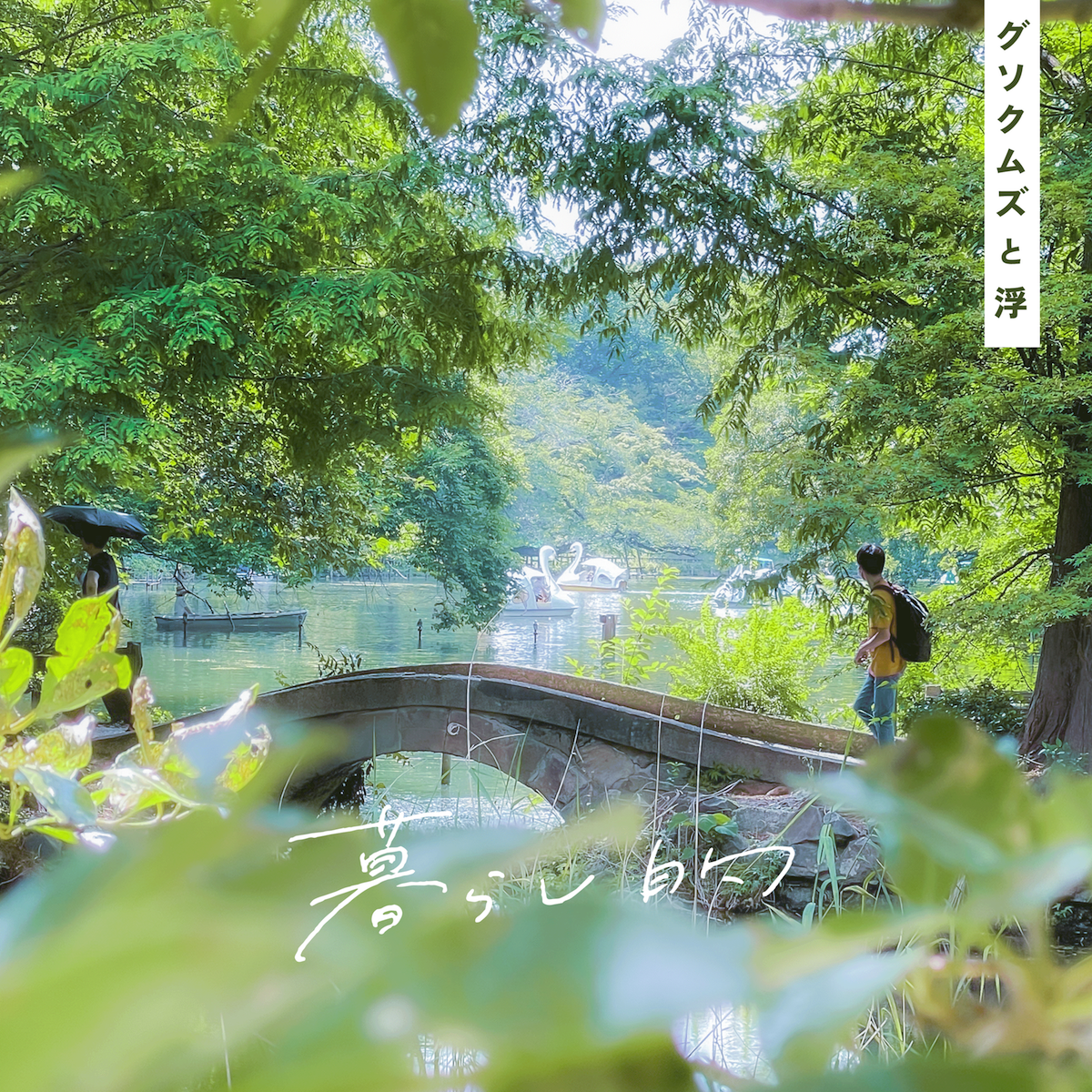
Through their music, we are invited to the town of Kichijoji. We are guided through the city. And as we are guided through Kichijoji, we will be reminded of our own hometown. Traveling to a city means leaving one’s own city.
The nostalgia we feel when listening to Gusokumuzu’s music turns into a mental picture of our own “hometown”-a small town with skyscrapers around the train station, but with a countryside spreading out away from the station, a mixture of urbanity and rurality. The city is transformed into a mixture of urbanity and rurality.
These characteristics of Gusokumuzu are also expressed in a series of songs created around the theme of “travel,” which have been released for four consecutive months since May 24, 2012. They have led us to Kichijoji, the city of Gusokumuzu, and now they are going on a journey with us. It will be a journey in which Gusokumuzu themselves will be able to relativize the city of Kichijoji, and at the same time, it will be a path in which they will be able to think about Kichijoji. In the journey with them, we may think of our own city as before, or perhaps even more so.

One of the reasons why we project ourselves onto Gusokumuzu singing “My City” is that their songs are written in the first person (I) or the second person (you), which is a subjective expression. Many readers have experienced the emotional attachment to novels and movies that tell the story of “I,” and it is a theory that a subjectively depicted story sometimes becomes the story of me.
INDEX
Why HAPPY END’s “Kazemachi” was built and loved
On the other hand, HAPPY END created “Kazemachi” with an objective viewpoint and a straightforward description of the scenery, using their famous “desu masu” style. This was due to the time period in which the group was situated.
As is clear from the “Japanese rock controversy” that raged from 1971 to 1972, there was a stereotype in Japan at the time that rock music, which was imported from overseas, was to be sung in English, and the situation was inseparable from the acceptance of Western values. In the midst of this situation, Happiendo’s attempt to establish “Japanese rock” and, by extension, “Japanese rock” was not an imitation of foreign countries, but rather a relative expression of them.
What they depicted in their lyrics was nostalgia for a pre-modern, rural, social Japan that had been lost after the Tokyo Olympics. In a future-oriented world where the common ideals of finding a good job, being married to a good person, and achieving happiness can now be realized through one’s own efforts, the postwar reconstruction and period of rapid economic growth, there is a past-oriented desire for “those days,” which functioned as a reactionary force. In a society with such ambivalent feelings, the lyrics of HAPPY END, which captured the hearts of young people who were in the underground and alternative strata, who loved rock music that had not yet become popular at the time when folk music was popular, were not only nostalgic, but also sang about the common ideas of the young people of that time.
INDEX
Gusokums rings out in a world without Happiendo
Today, when the music of Gusokumuzu resounds, it is completely different from half a century ago, when HAPPY END resounded. Therefore, Gusokumuzu’s subjective way of expression is different from HAPPY END’s objective way of expression.

Singing rock music in Japanese has become commonplace, and “J-POP” has become inclusive of “music made in Japan,” rather than “Japanese music that can compete with foreign music,” as was originally stated, and the awareness of foreign countries is becoming weaker.
Everyone faces the same direction and is placed in the same situation. Such commonality no longer exists. The way music is played has also undergone a transformation, from the days when the whole family would sit down and listen to the sound of records playing through the speakers, to an age where each person enjoys music in his or her own way, with earphones. Music has become more than “our” thing; it has become “my” thing.
Furthermore, the times are not bright. Unprecedented calamities, wars, social network bashing, and recession. There is no breeze blowing through the modern world in which we live. The emphasis is on the individual, and the community has collapsed. The utopia we all seek is absent.
That is why “My Song,” sung by Gusokumuzu, is so poignant.
Everyone has their own bitterness. It is difficult to express that which penetrates through everyone. In such a situation, how do we face the difficulty of living? Gusokumuzu’s music teaches us that.
I forgot my umbrella in a sudden rainstorm, and when I tried to take shelter from the rain, it stopped raining. Everything I do seems to be backfiring,” sings the song “Subekaraku Ame”.
<The song is about how everything you do seems to backfire. >The song “Kakedashitara Yume no Naka” adds a little joy of “dancing” to an otherwise ordinary day.
<I’ll leave the door open, even if you don’t come, let’s dance as wrong as we are on a night of stained glass.>The song”Staind no Yoru”.
Their songs, which tell us that there is something shining in the familiar and worn-out city, depict the reality of life without any decorations. Their songs depict the realities of life without decoration. This overlaps with HAPPY END Beyond’s goal of “singing about the common ideas of young people.
The way they sing “songs for young people” that transcend the passage of half a century overlaps with the way I live my life.
INDEX
The “town” of the two bands represents “people’s realities.
What is the reason that Gusokumuz and Happiendo have reached a point of depicting the “realities of youth” with their own techniques and historical backgrounds?
I believe it is proof that Gusokumuzu and HAPPY END depict “something universal about youth. The fact that a band that sings about the anguish of youth still exists after the passage of half a century. This is a guarantee that there is something that will carry us through, regardless of whether we are in a future-oriented age or an age in which the community has collapsed.

The phrase “the alley is quiet and quiet, and I am completely empty” in the song “Aiaigasa(to share a umbrella)” by HAPPY END Beyond is a reference to a line from the Gusokumuzu’s song “Wet Shoes on Icas Street,” in which they say, “The outsider sees through my emptiness, as if he can see through my emptiness.
The composition of the developing city, the alleyways and outlying areas left behind, and the empty “I” who sympathizes with them is certainly repeated in this work.
I am lumped into the “Yutori-generation” or “Generation Z” without even realizing it, and labeled as “the youth of today…”. I don’t hate myself to the point of despair, but I do feel a sense of impatience, as if I am somehow left behind by the world. Such anguish is common in every age, and this is what they are singing about.

Neo Wind Town. This new “Kazemachi” that Gusokumuzu is trying to create is connected to “Kazemachi” in that it depicts the “reality of the city and the young people who live there”.
Considering that “town” is the foundation of our lives and a deposit of human history, it may be inevitable that they are singing about “town” as they depict our lives.

NiEW presents 『exPoP!!!!! vol.154』

Friday, August 25, 2023
Venue: Spotify O-nest
Time: OPEN 18:30 / START 19:00
Price: Admission free (must buy 2Drinks)
Distribution: https://www.youtube.com/@NiEWJP
Performers: Gusokumuzu, Lucky Seben, One Dimensional Darkness Band and more!!!!!
■Ticket Reservation Form
*Please note that those without reservations may not be admitted to the venue.
https://expop.jp/tickets/154





